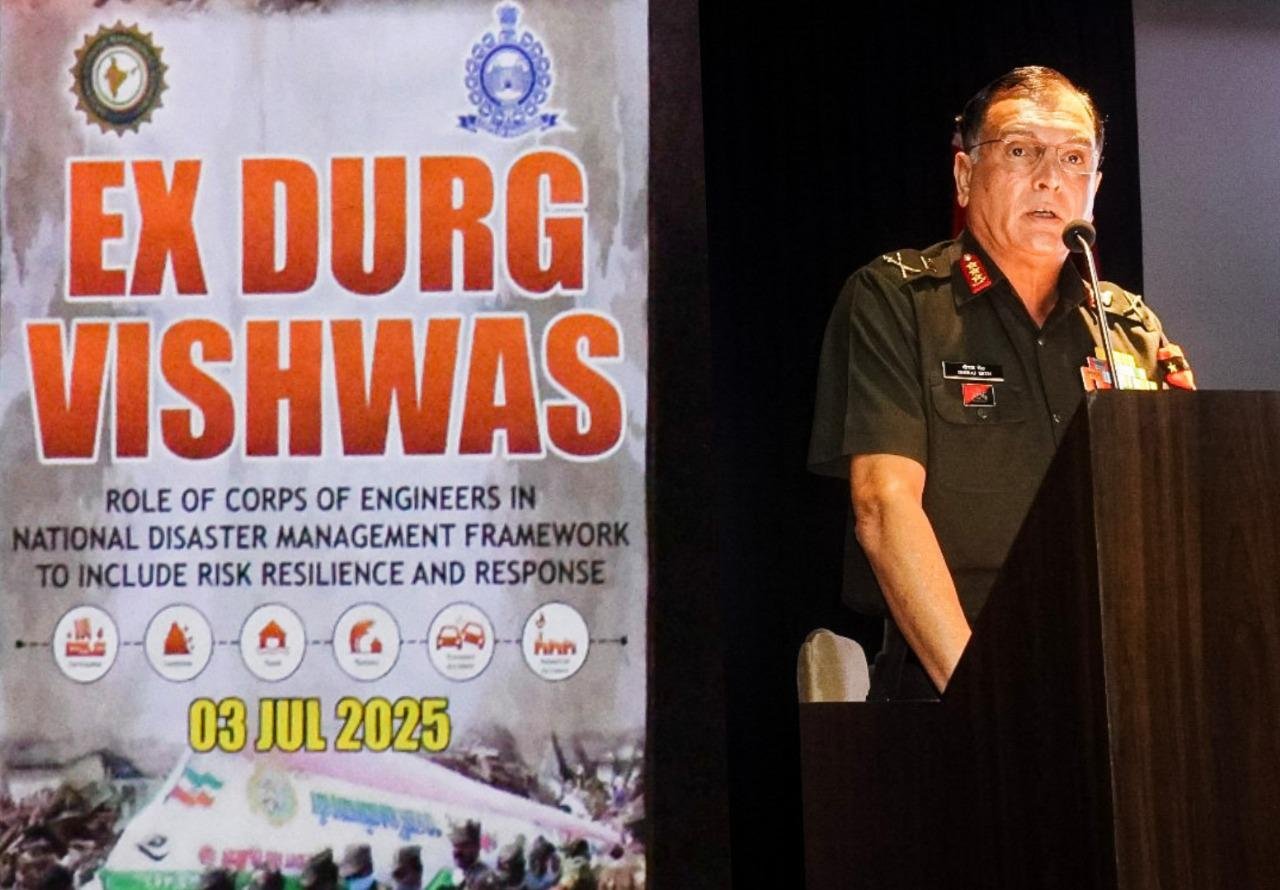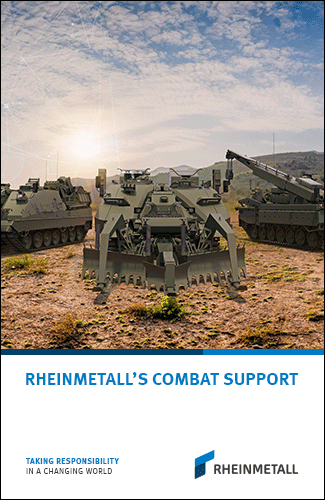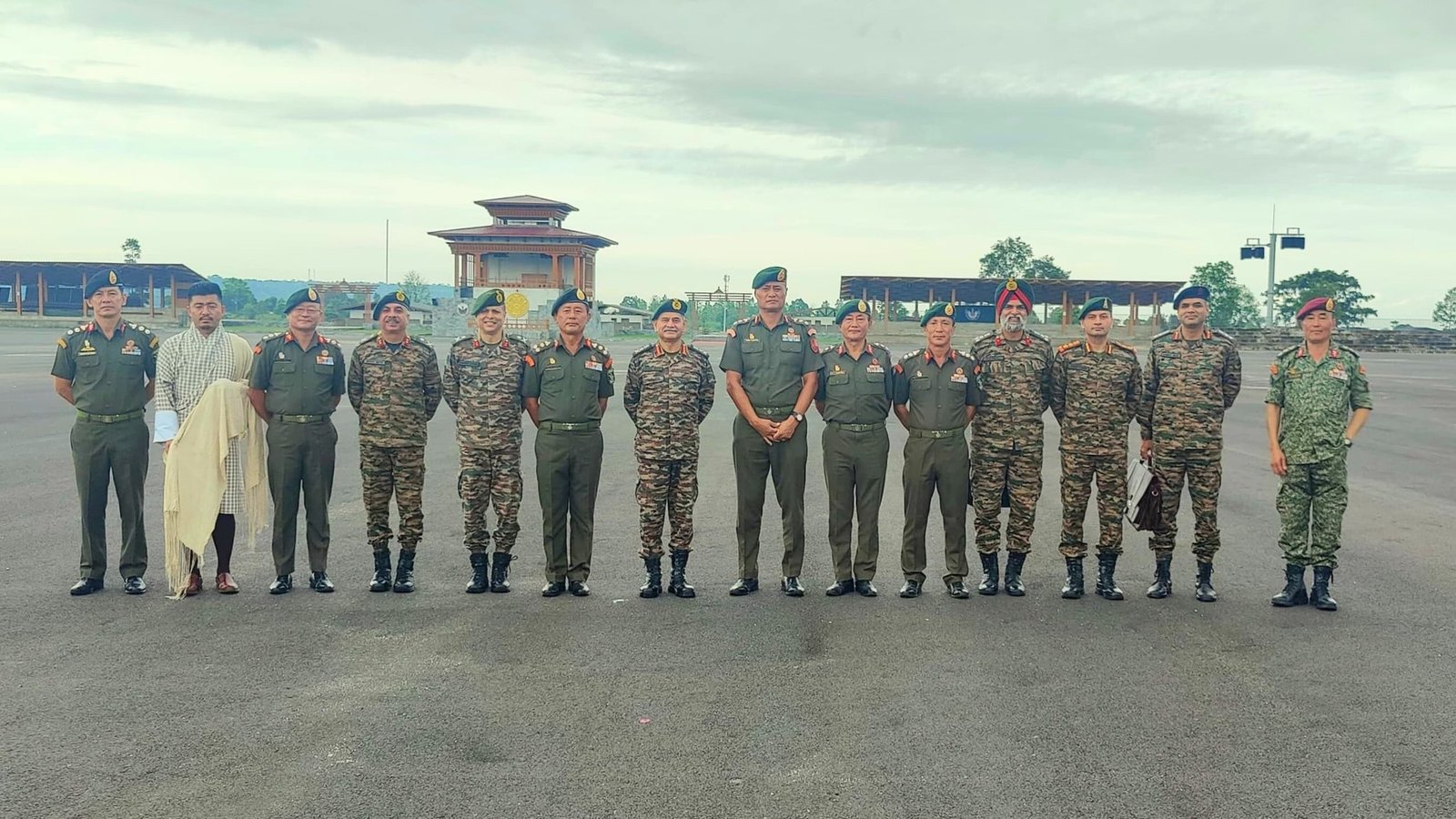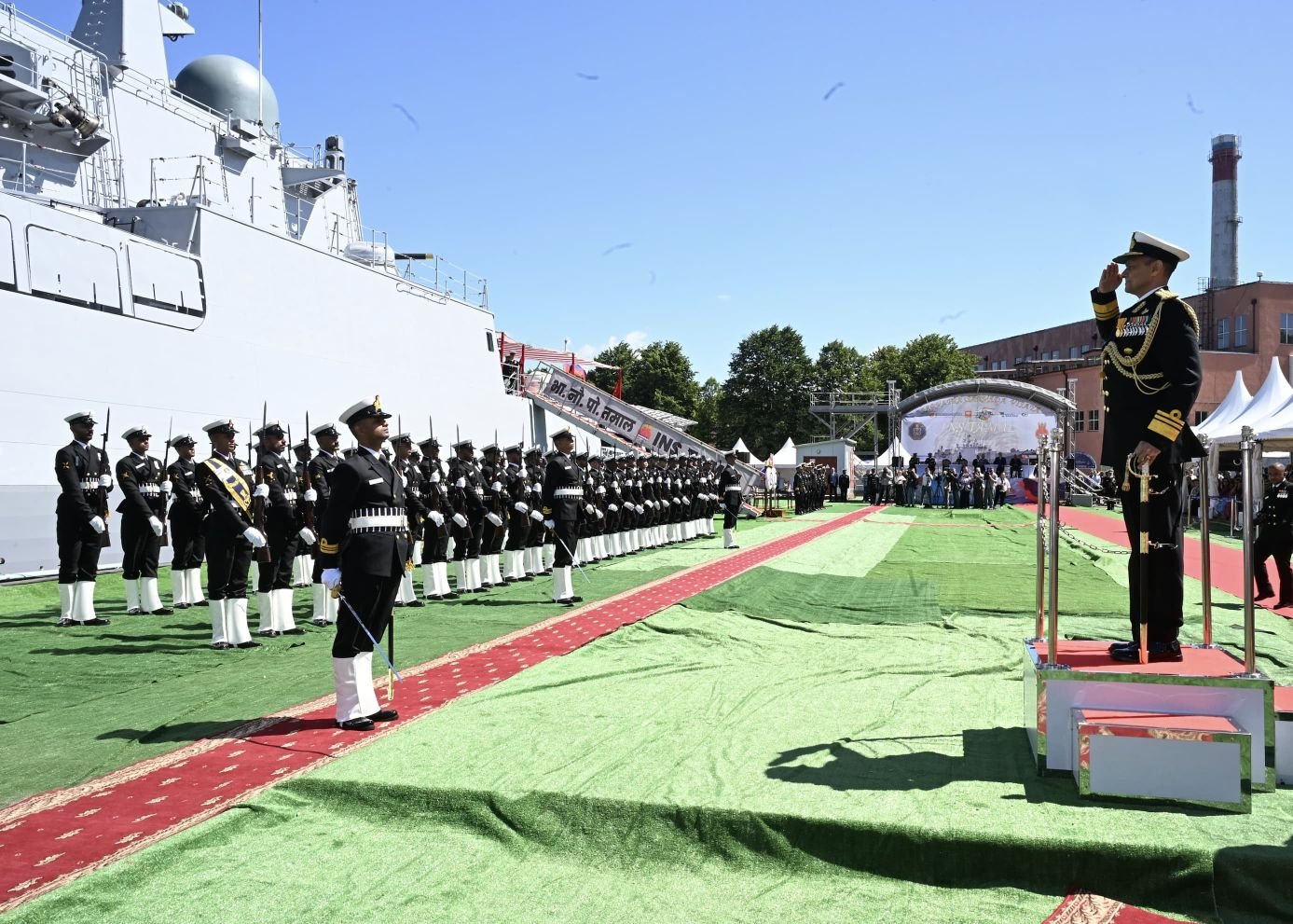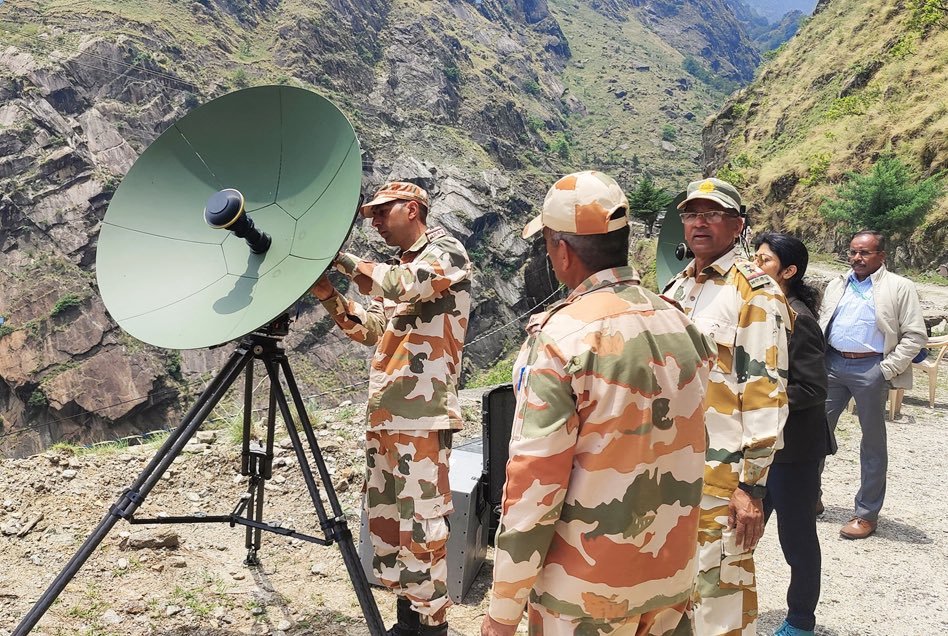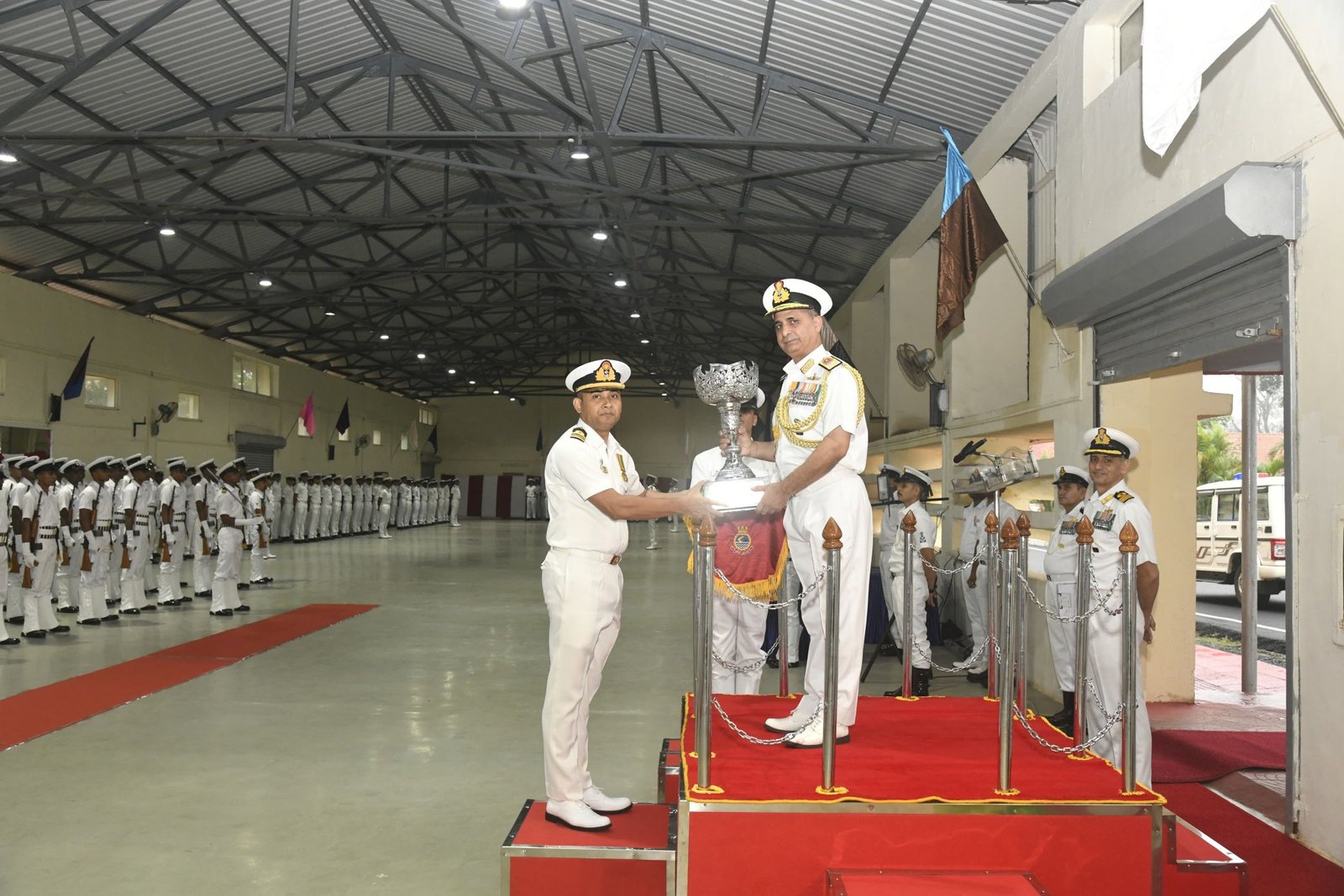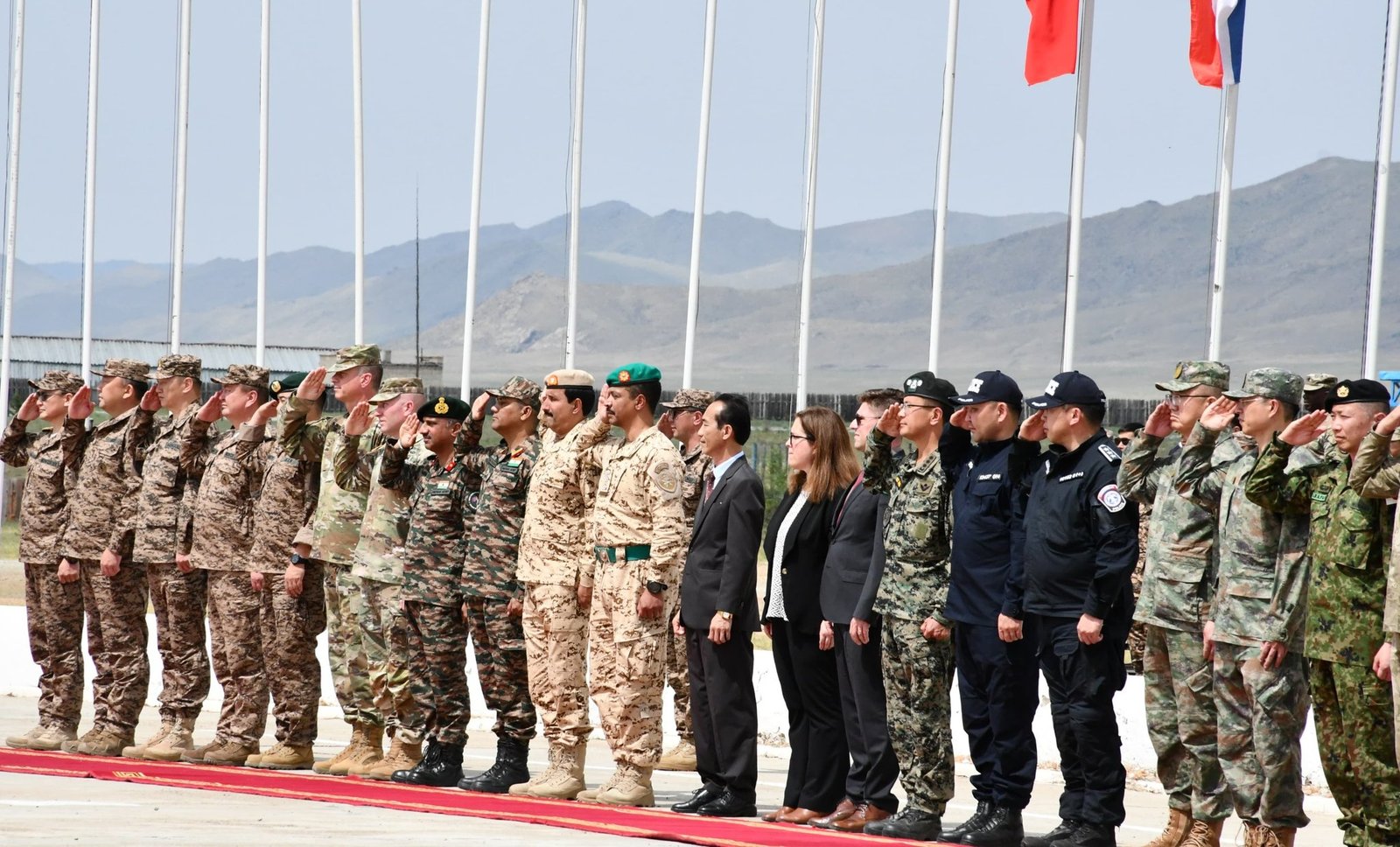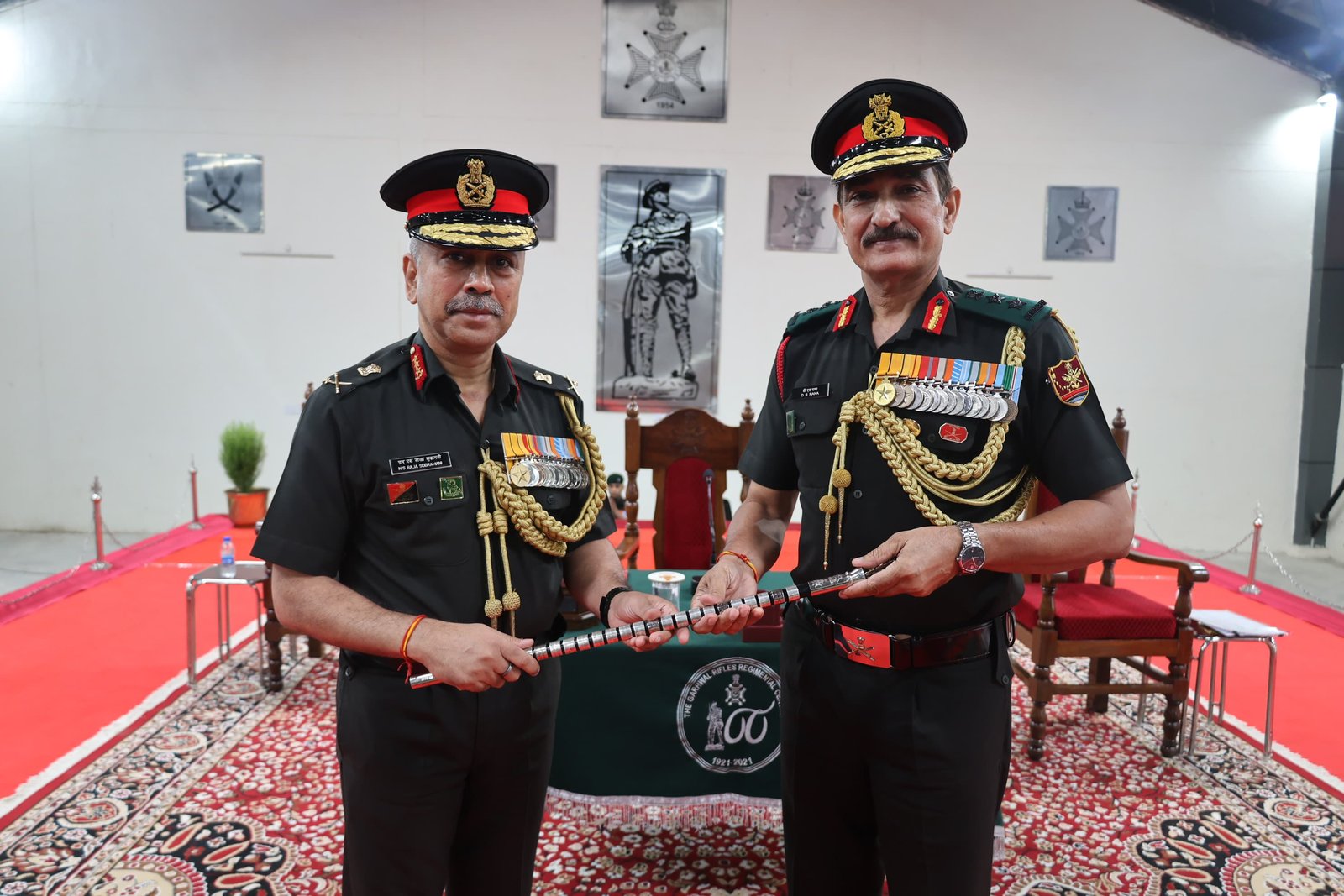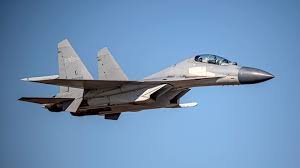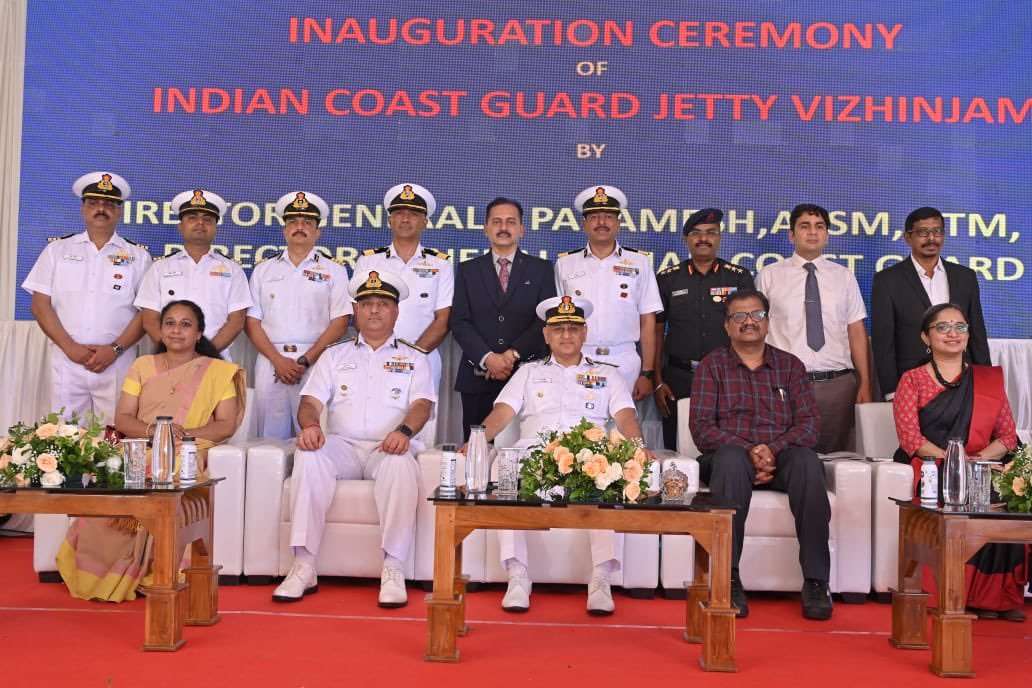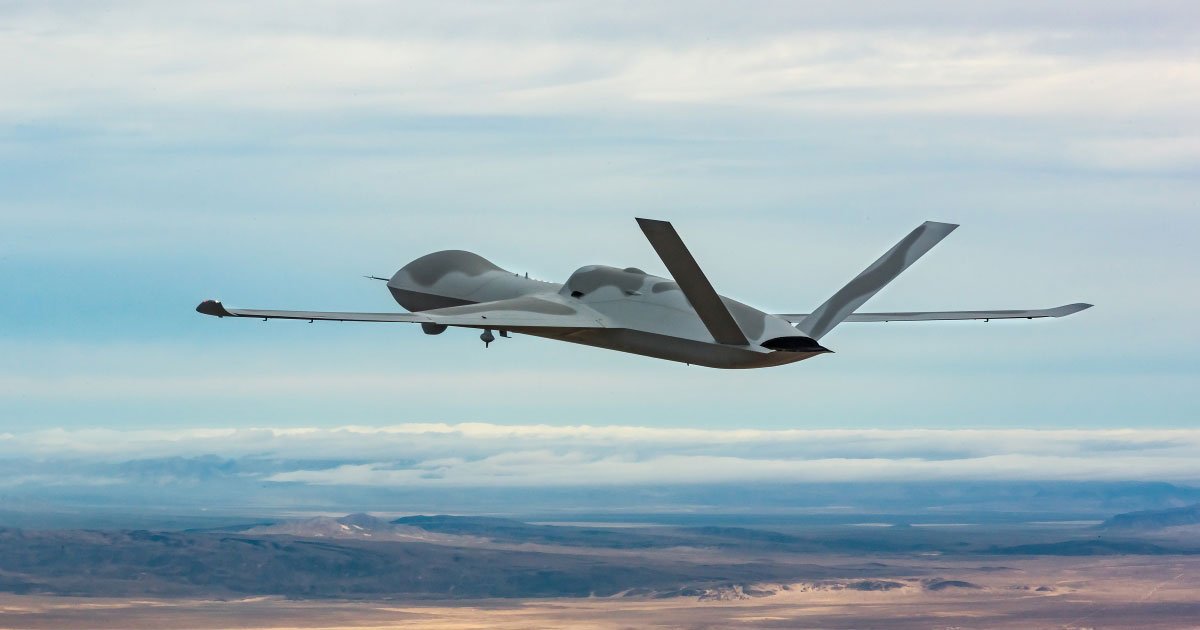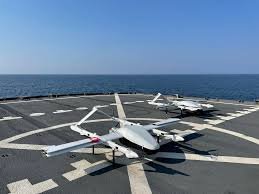Indian Army’s Corps of Engineers Emerges as Key Pillar in National Disaster Response
July 3, 2025 | Thursday | News
Lt Gen Dhiraj Seth, General Officer Commanding-in-Chief, Southern Command, emphasised the Corps’ indispensable role in crisis scenarios
Against the backdrop of India’s growing vulnerability to both natural and man-made disasters, from floods and earthquakes to industrial mishaps and CBRN (Chemical, Biological, Radiological, and Nuclear) threats, the Indian Army’s Corps of Engineers was spotlighted as a vital force multiplier in national disaster response efforts.
At the high-level symposium titled “Exercise Durg Vishwas: Role of Corps of Engineers in National Disaster Management Framework Risk, Resilience and Response”, held at the College of Military Engineering (CME) in Pune, Lt Gen Dhiraj Seth, General Officer Commanding-in-Chief, Southern Command, emphasized the Corps’ indispensable role in crisis scenarios. He noted that the widespread deployment, technical expertise, and operational integration of the Corps with civil authorities position it as one of the country's most effective first responders during emergencies.
The symposium convened senior leaders from the Indian Army, National Disaster Management Authority (NDMA), State Disaster Management Authorities (SDMAs), and other key stakeholders in the national disaster management ecosystem. The event was led by Lt Gen Syed Ata Hasnain (Retd), Member of the NDMA, and featured key addresses by Rajendra Singh, Member and Head of Department at NDMA, and Lt Gen Arvind Walia, AVSM, Engineer-in-Chief, who delivered the keynote speech outlining the Corps’ evolving capabilities and commitment to national resilience.
The symposium underscored several strategic imperatives for strengthening India’s disaster preparedness, including:
- Establishing integrated command and communication systems among the NDMA, state authorities, and the Armed Forces.
- Expanding investments in disaster-specific training, simulation exercises, and the pre-positioning of engineering assets in high-risk areas.
- Enhancing readiness for CBRN scenarios through specialised engineer units and joint inter-agency drills.
- Institutionalising knowledge transfer by capturing insights and lessons from past operations to inform doctrine, policies, and future training.
“Disaster management has become a matter of critical national importance,” Lt Gen Seth remarked. “Over the past decade, we’ve witnessed a rise in both the frequency and intensity of natural disasters. These are no longer isolated events but recurring disruptions with far-reaching implications. For the Indian Army and particularly the Corps of Engineers disaster relief is no longer a reactive task but an operational mandate that requires proactive planning, preparedness, and seamless execution.”
Reflecting on the increasing collaboration between civil authorities and the military in disaster response, Lt Gen Seth affirmed the Corps of Engineers' pivotal role as a national enabler, bridging capability gaps and reinforcing India’s resilience in times of crisis.



